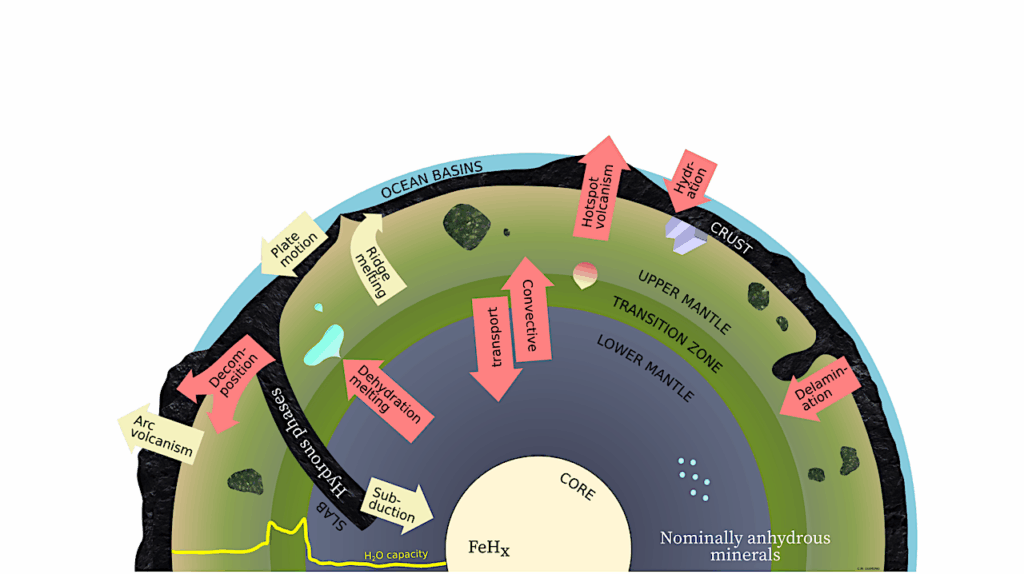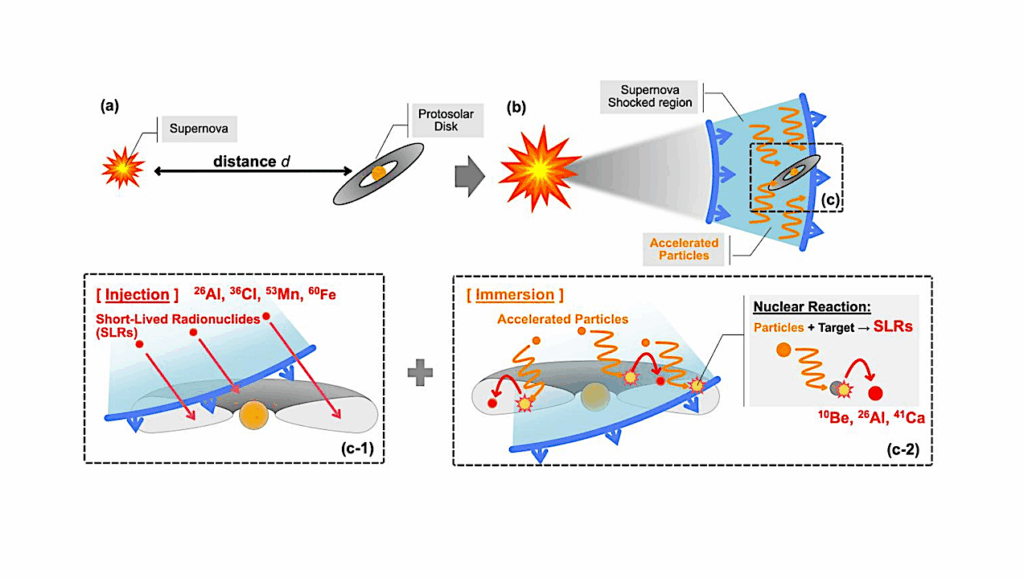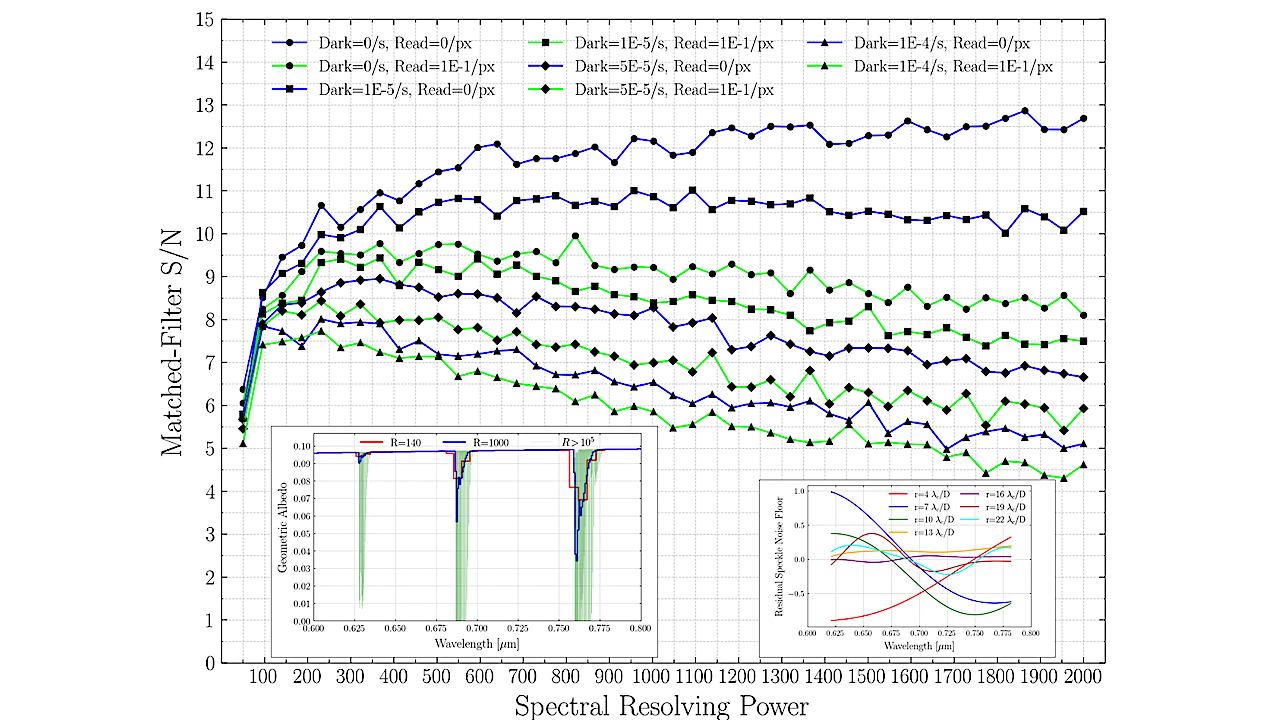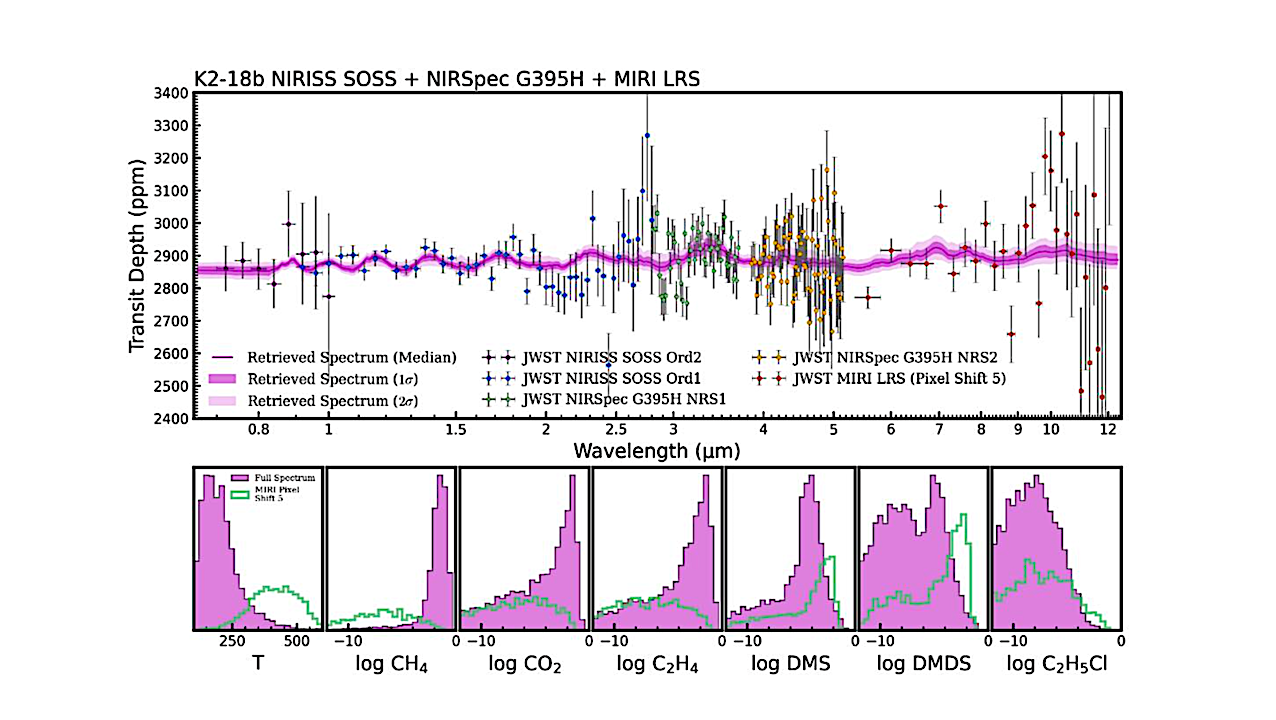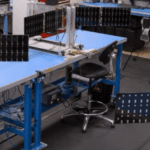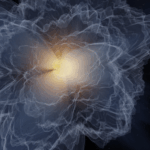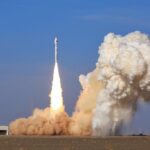Now Reading: Plato Earth-like Exoplanet Searcher Is Ready For Final Tests
-
01
Plato Earth-like Exoplanet Searcher Is Ready For Final Tests
Plato Earth-like Exoplanet Searcher Is Ready For Final Tests
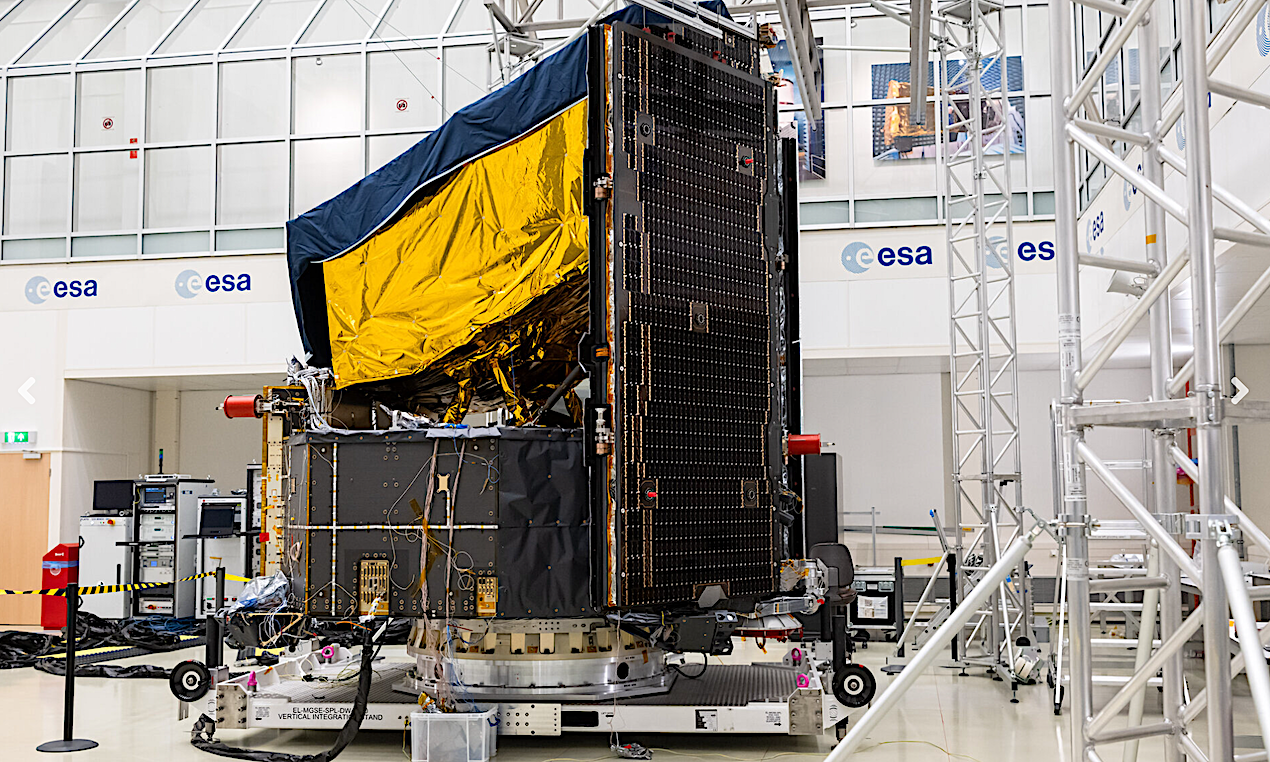

Plato — ESA
By fitting its sunshield and solar panels, engineers have completed the construction of Plato, the European Space Agency’s mission to discover Earth-like exoplanets. Plato is on track for the final key tests to confirm that it is fit for launch.
The activities to complete Plato started soon after the spacecraft arrived at ESA’s Test Centre in the Netherlands. On 9 September, in a dedicated clean room, engineers prepared for the delicate operation by suspending the combined sunshield and solar panel module from special lifting gear.
They then manoeuvred the module to precisely align it with the back of the spacecraft, and carefully mounted it in place.
“With this operation, we have completed the Plato spacecraft. The combined sunshield and solar array module was the last remaining essential part,” comments Thomas Walloschek, ESA’s Plato Project Manager.
“It is very satisfying to have reached this moment and to see Plato in its final shape. This is the result of an excellent cooperation between ESA, the Plato Mission Consortium members and Plato’s industrial core team.”
The sunshield and solar panels are vital elements for the Plato mission. Once in orbit, the solar array catch light from the Sun to generate the electricity needed to power the spacecraft’s electronics. The sunshield keeps the scientific equipment in shadow, away from the Sun’s glare.
“Over the years we have seen what Plato would look like in countless detailed drawings and simulated images, yet seeing the real, completed spacecraft feels very special,” add Ana Heras, ESA’s Plato Project Scientist.
“Plato has a distinctive design, conceived to efficiently integrate its advanced cameras within the spacecraft. Its overall layout is optimised to monitor more than 150 000 bright stars at the same time, with high precision. This will enable scientists to hunt for terrestrial planets orbiting stars similar to our Sun.”
To spot exoplanets, Plato carries 26 advanced cameras tasked with capturing the tiniest variations in the intensity of a star’s light. To achieve the necessary high sensitivity, the cameras must be kept cool, so that each camera is kept at its best-focus temperature around -80° C.
Protected from sunlight by the sunshield and facing deep space, Plato’s scientific instruments will cool down and stay at the required frigid temperature throughout the mission’s lifetime.
Power to Plato
The structure supporting the solar panels and acting as a sunshield wraps around the back of the spacecraft – the part that in orbit will be facing the Sun. During launch the solar panels are kept firmly folded in. Once Plato is in space, they will unfold extending outwards like a pair of wings.
So, after mounting the combined sunshield and solar array module, engineers tested whether it could correctly deploy. They deployed the left and right wing separately, on 16 and 22 September.
Because the solar arrays will unfold in space, the deployment test must be carried out as if gravity were absent and the panels were weightless. For this, the panels were suspended from a supporting frame with a system of pulleys that moved along as the panels smoothly unfolded.
Once the panels were deployed, engineers used a special lamp to simulate the effect of sunlight hitting the arrays and verified that they supplied the right level of electricity to the rest of the spacecraft.
This last step confirmed that the deployment was successful.
Tough exams ahead
Plato is on track to launch in December 2026, as originally planned, on an Ariane 6. But, before graduating for launch, the spacecraft will have to pass a series of tough exams.
These involve vigorously shaking the spacecraft and blasting it with powerful noise during vibration and acoustic tests that mimic the mechanical stresses of a rocket launch. Then, placing the spacecraft inside the Large Space Simulator, Europe’s largest cryo-vacuum chamber.
Therein, Plato will get its first taste of space’s harsh environment and will have to demonstrate that it can work flawlessly once in orbit.
About Plato
ESA’s Plato (PLAnetary Transits and Oscillations of stars) will use 26 cameras to study terrestrial exoplanets in orbits up to the habitable zone of Sun-like stars.
Plato’s scientific instrumentation, consisting of the cameras and electronic units, is provided through a collaboration between ESA and the Plato Mission Consortium composed of various European research centres, institutes and industries. The spacecraft is being built and assembled by the industrial Plato Core Team led by OHB together with Thales Alenia Space and Beyond Gravity.
Plato is a medium-class mission of ESA’s Cosmic Vision programme.
Find out more about ESA’s Science and ESA’s Science Programme
Astrobiology,
Stay Informed With the Latest & Most Important News
-
 012024 in Review: Highlights from NASA in Silicon Valley
012024 in Review: Highlights from NASA in Silicon Valley -
 02Panasonic Leica Summilux DG 15mm f/1.7 ASPH review
02Panasonic Leica Summilux DG 15mm f/1.7 ASPH review -
 03From Polymerization-Enabled Folding and Assembly to Chemical Evolution: Key Processes for Emergence of Functional Polymers in the Origin of Life
03From Polymerization-Enabled Folding and Assembly to Chemical Evolution: Key Processes for Emergence of Functional Polymers in the Origin of Life -
 04How New NASA, India Earth Satellite NISAR Will See Earth
04How New NASA, India Earth Satellite NISAR Will See Earth -
 05And Thus Begins A New Year For Life On Earth
05And Thus Begins A New Year For Life On Earth -
 06Astronomy Activation Ambassadors: A New Era
06Astronomy Activation Ambassadors: A New Era -
07SpaceX launch surge helps set new global launch record in 2024












